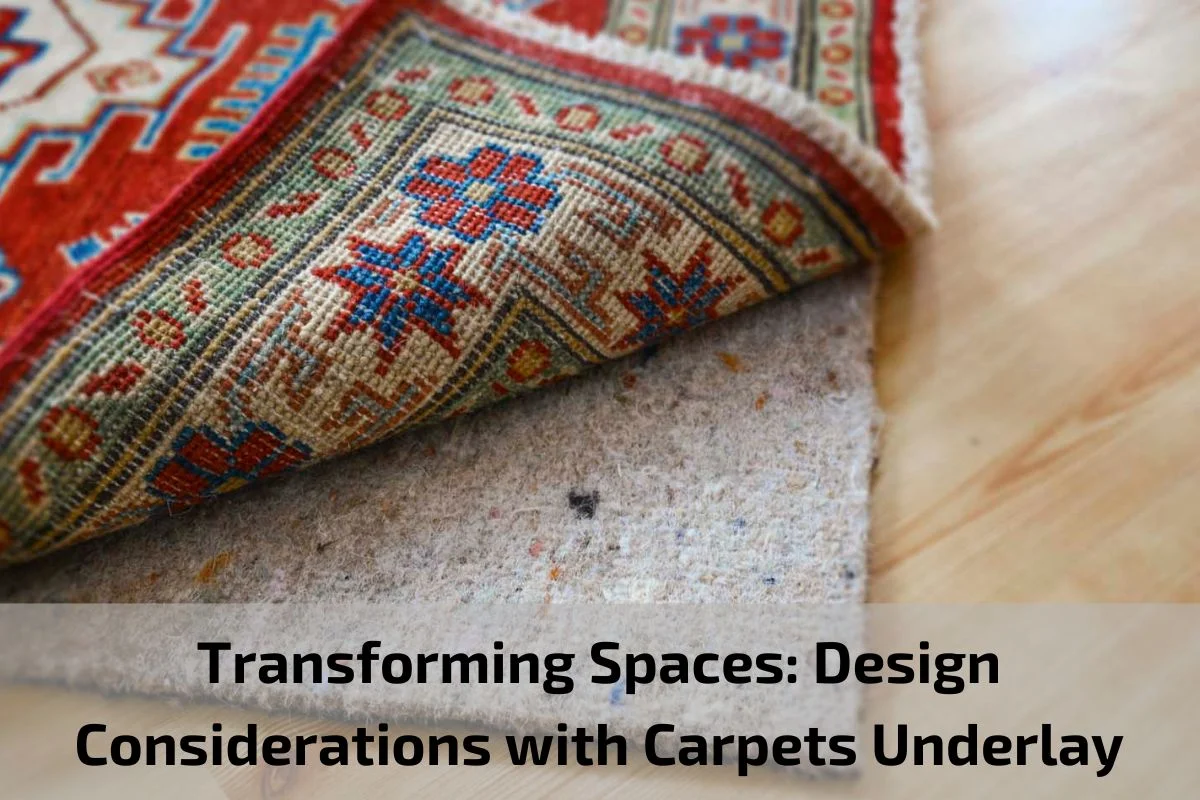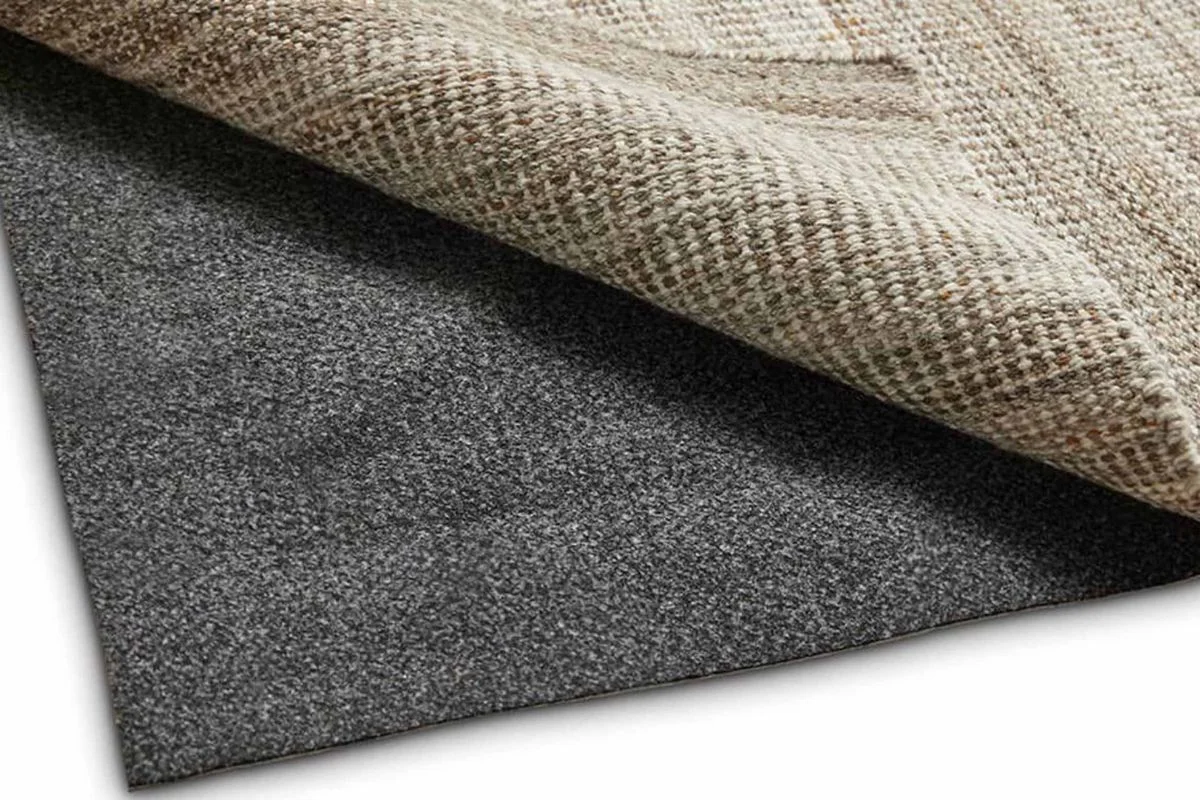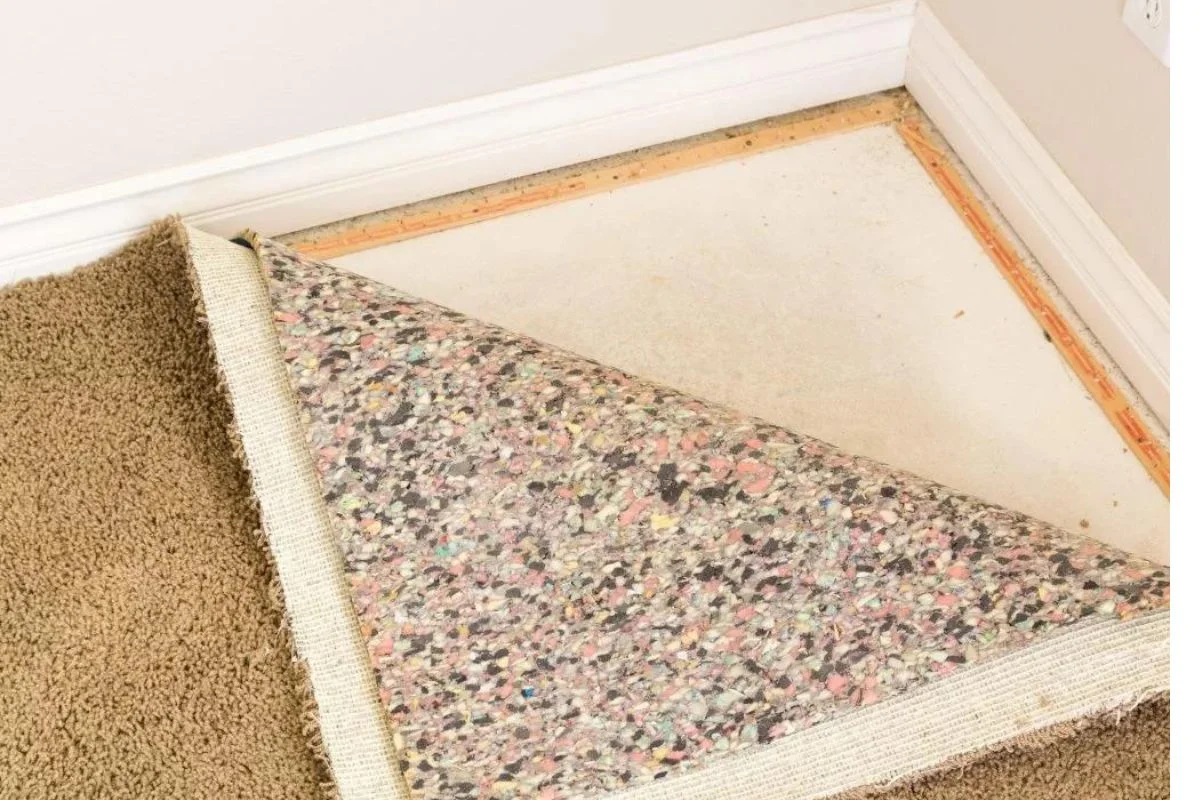Transforming Spaces: Design Considerations with Carpets Underlay
In the realm of interior design, every element holds the power to transform spaces, creating environments that are not only visually appealing but also functional and comfortable. Among these essential components is carpets underlay—a hidden foundation that plays a pivotal role in the overall design and feel of a room.
As we embark on a journey to explore the design considerations with carpets underlay, we delve into the often-overlooked realm beneath our feet, where comfort meets practicality and aesthetics intertwine with functionality.
Carpets underlay serves as the unsung hero of interior design, providing support, cushioning, and insulation while enhancing the beauty and longevity of carpets. From its impact on sound absorption to its role in temperature regulation, carpets underlay influences every aspect of the indoor environment.
The Importance of Carpets Underlay in Interior Design
The importance of carpets underlay in interior design cannot be overstated. While often overlooked, carpets underlay serves as the foundation upon which the entire flooring system is built, playing a crucial role in both the aesthetics and functionality of a space.
Carpets underlay provides essential support and cushioning for carpets, enhancing their comfort and durability. It acts as a barrier between the carpet and the subfloor, helping to absorb impact and reduce wear and tear over time. This not only prolongs the lifespan of the carpet but also contributes to a more comfortable and enjoyable living environment.
In addition to providing support, carpets underlay also plays a key role in sound insulation. By absorbing noise and reducing sound transmission between floors, carpets underlay helps create a quieter and more peaceful atmosphere within the home. This is especially important in multi-story buildings or areas with high foot traffic.
Furthermore, carpets underlay contributes to thermal insulation, helping to regulate indoor temperatures and improve energy efficiency. By trapping heat during the colder months and providing a barrier against cold drafts, carpets underlay helps create a more comfortable and cozy living space while reducing heating costs.
Beyond its practical benefits, carpets underlay also offers aesthetic advantages in interior design. It helps to smooth out uneven surfaces and hide imperfections in the subfloor, creating a smooth and uniform appearance for the carpet above. Additionally, carpets underlay comes in a variety of thicknesses and densities, allowing for customization to suit different carpet types and design preferences.
Definition and Purpose: What Is Carpets Underlay and Why Is It Important?
Carpets underlay, often referred to simply as underlay or padding, is a layer of material that is installed between the subfloor and the carpet. Its primary purpose is to provide support, cushioning, and insulation for the carpet, enhancing both its comfort and durability.
The role of carpets underlay is multifaceted. Firstly, it serves as a protective barrier between the carpet and the subfloor, helping to absorb impact and reduce wear and tear caused by foot traffic and furniture. By providing cushioning and support, carpets underlay helps to extend the lifespan of the carpet, ensuring that it retains its appearance and resilience over time.
In addition to providing support, carpets underlay also plays a crucial role in sound insulation. It helps to absorb noise and reduce sound transmission between floors, creating a quieter and more peaceful indoor environment. This is particularly important in multi-story buildings or areas with high levels of ambient noise, where sound insulation can significantly improve the quality of life for occupants.
Furthermore, carpets underlay contributes to thermal insulation, helping to regulate indoor temperatures and improve energy efficiency. By trapping heat during the colder months and providing a barrier against cold drafts, carpets underlay helps to create a more comfortable and energy-efficient living space. This not only enhances the comfort of occupants but also reduces heating and cooling costs.
The Benefits of Carpets Underlay
Carpets underlay offers a range of benefits that contribute to the overall comfort, durability, and performance of carpets in interior spaces. Here are some key advantages:
- Enhanced Comfort: Carpets underlay provides an additional layer of cushioning and support beneath the carpet, creating a softer and more comfortable surface to walk on. This extra padding helps to alleviate pressure on the feet and joints, making standing and walking for extended periods more comfortable.
- Improved Durability: By absorbing impact and reducing wear and tear on the carpet fibers, carpets underlay helps to extend the lifespan of the carpet. It acts as a protective barrier against the subfloor, preventing damage from foot traffic, furniture, and other sources of stress. This results in carpets that maintain their appearance and resilience for longer periods, reducing the need for premature replacement.
- Sound Insulation: Carpets underlay helps to absorb noise and reduce sound transmission between floors, creating a quieter and more peaceful indoor environment. This is particularly beneficial in multi-story buildings or areas with high levels of ambient noise, where sound insulation can improve comfort and quality of life for occupants.
- Thermal Insulation: Carpets underlay contributes to thermal insulation by trapping heat and preventing cold drafts from penetrating through the floor. This helps to regulate indoor temperatures and improve energy efficiency, reducing heating costs in the colder months and cooling costs in the warmer months.
- Even Surface: Carpets underlay helps to smooth out uneven surfaces and hide imperfections in the subfloor, creating a uniform and seamless appearance for the carpet above. This ensures that the carpet lays flat and adheres properly to the floor, preventing wrinkles, bulges, and other aesthetic issues.
- Customization Options: Carpets underlay comes in a variety of thicknesses, densities, and materials, allowing for customization to suit different carpet types and design preferences. This versatility ensures that homeowners can choose the underlay that best meets their needs in terms of comfort, performance, and budget.
Choosing the Right Carpets Underlay
Selecting the appropriate carpets underlay is essential for ensuring optimal comfort, durability, and performance of the carpeting in interior spaces. Here are key considerations to keep in mind when choosing the right carpets underlay:
- Materials and Construction: Carpets underlay is available in various materials, including foam, rubber, felt, and synthetic fibers. Each material offers unique characteristics in terms of cushioning, support, and durability. Consider factors such as allergies, moisture resistance, and environmental impact when choosing the material that best suits your needs.
- Thickness and Density: The thickness and density of carpets underlay significantly impact its performance and longevity. Thicker underlay provides greater cushioning and support, while denser underlay offers better durability and resilience against compression. Balance these factors according to the specific requirements of your carpet and the level of foot traffic in the area.
- Environmental Considerations: Eco-friendly options for carpets underlay are becoming increasingly available, made from recycled materials or sustainable sources. Consider choosing underlay with environmental certifications or endorsements to minimize your carbon footprint and contribute to sustainable living practices.
- Compatibility with Flooring: Ensure that the carpets underlay is compatible with the type of flooring and carpeting being installed. Some underlays may be specifically designed for use with certain carpet types or flooring materials, while others are more versatile and can accommodate a range of flooring options.
- Moisture Resistance: In areas prone to moisture or humidity, such as basements or bathrooms, choose carpets underlay with moisture-resistant properties to prevent mold, mildew, and odors. Look for underlay with built-in vapor barriers or waterproofing treatments for added protection against moisture infiltration.
- Installation Ease: Consider the ease of installation when choosing carpets underlay, especially if you plan to install it yourself. Some underlays come with self-adhesive backing or interlocking panels for quick and easy installation, while others may require professional installation for optimal performance.
- Budget Considerations: Evaluate the cost-effectiveness of different carpets underlay options relative to your budget and long-term investment goals. While higher-quality underlay may come with a higher upfront cost, it often pays off in terms of improved comfort, durability, and longevity of the carpeting.
Installation and Maintenance of Carpets Underlay
Proper installation and maintenance of carpets underlay are crucial for ensuring its effectiveness and longevity. Here are some guidelines for installing and maintaining carpets underlay:
- Preparation: Before installing carpets underlay, ensure that the subfloor is clean, dry, and free of debris. Remove any existing underlay or padding, and repair any cracks or uneven surfaces in the subfloor.
- Cutting and Fitting: Measure the dimensions of the room and cut the carpets underlay to size using a utility knife or scissors. Allow for a slight overlap at the seams to ensure a snug fit. Fit the underlay tightly against the walls and corners of the room, smoothing out any wrinkles or creases.
- Securing: Depending on the type of underlay, you may need to secure it to the subfloor using adhesive, double-sided tape, or staples. Follow the manufacturer’s instructions for the recommended installation method and ensure that the underlay is securely fastened in place.
- Sealing Seams: If installing multiple pieces of underlay, seal the seams using seam tape or adhesive to prevent shifting or separation over time. Press the seams firmly together and apply the tape or adhesive evenly along the edges for a secure bond.
- Allowing for Expansion: Leave a small gap between the underlay and the walls to allow for expansion and contraction due to changes in temperature and humidity. This helps prevent buckling or warping of the underlay and ensures a smooth and even surface for the carpeting.
- Regular Inspection: Periodically inspect the carpets underlay for signs of wear, damage, or shifting. Look for areas where the underlay may have become loose or detached from the subfloor, and address any issues promptly to prevent further damage to the carpeting above.
- Cleaning and Maintenance: Keep the carpets underlay clean and free of debris by regularly vacuuming or sweeping the surface. For spills or stains, blot the affected area with a clean, damp cloth and mild detergent, taking care not to saturate the underlay. Avoid using harsh chemicals or abrasive cleaners, as these can damage the underlay material.
- Professional Maintenance: Consider hiring a professional carpet cleaner to deep clean the underlay periodically, especially in high-traffic areas or if the underlay becomes heavily soiled. Professional cleaning can help remove embedded dirt, odors, and allergens, prolonging the life of the underlay and maintaining its performance over time.
conclusion
In conclusion, carpets underlay serves as the unsung hero of interior design, providing essential support, cushioning, and insulation for carpets in residential and commercial spaces. Its role in enhancing comfort, durability, and performance cannot be overstated, as it contributes to a more comfortable, quieter, and energy-efficient living environment.





0 comments